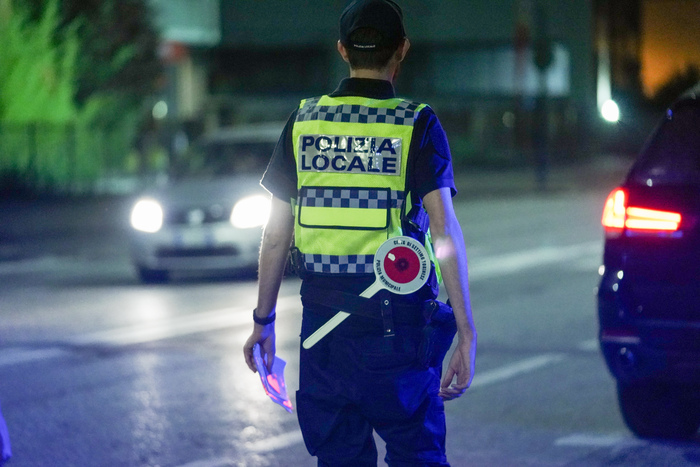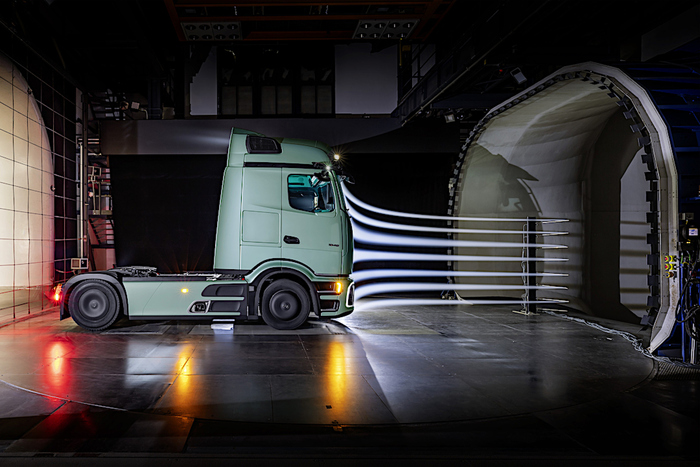Germany is the only developed region of the world where there is no general speed limit on motorways.
The asphalt roads remain places where Germans can live out their love for the automobile - or their frustration - without restriction by pressing the accelerator.
And over long distances: on more than two thirds of the motorway network, lawning is permitted as the mood takes you.
Research has shown that drivers tend to rate their speed too low and their skills too high.
One problem with this is that when the speed is doubled, the braking distance increases by around four times.
During the reaction time, the driver covers many additional meters before stopping.
The stopping distance is the sum of the reaction distance covered during the "moment of shock" and the actual braking distance.
But make an estimate for yourself: In the following scenario, you are still traveling comparatively leisurely with the maximum speed of 50 km / h permitted in urban areas in dry, uneven weather.
Where does the car come to a stop in an emergency after emergency braking?
Drag the red slider with your finger or the mouse to give your tip how many meters the stopping distance is:
The stopping distance increases dramatically at twice the speed.
Appreciate how much:
Tunnel vision: Once the 200 km / h has been cracked, one can no longer really speak of a »relaxed cruising speed«.
How far does the braking flight go?
The relationship between the speed driven and the stopping distance cannot be derived intuitively.
This is how the length of the stopping distance develops at different speeds:
The performance of new cars is increasing continuously
In the opposite direction, things tend to go faster and faster: When the Germans push the tube, they do so with steadily increasing engine power.
This is shown by the registration statistics of the Federal Motor Transport Authority:
How many cars are you actually in front of the door?
Three, two, one, none?
Those who live in a big city are generally less dependent on their own car than the rural population.
So far, so obvious.
But the matter is not that clear, as the following map shows.
Do you live in a car capital after all?















